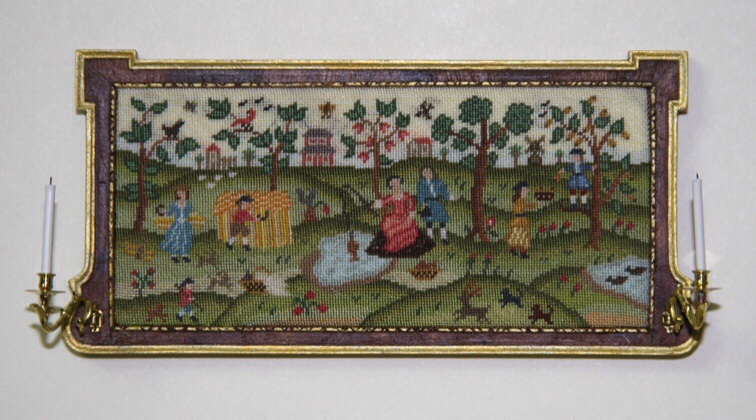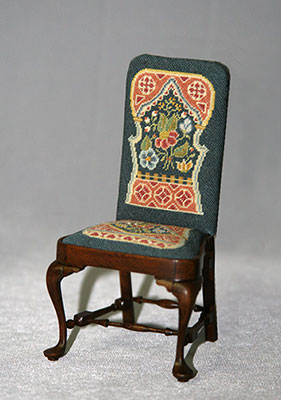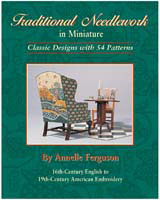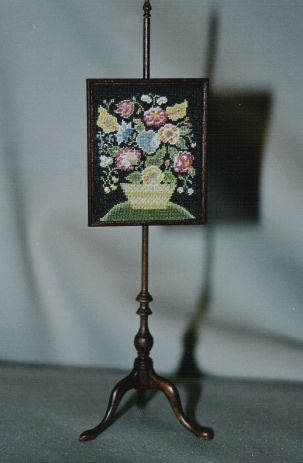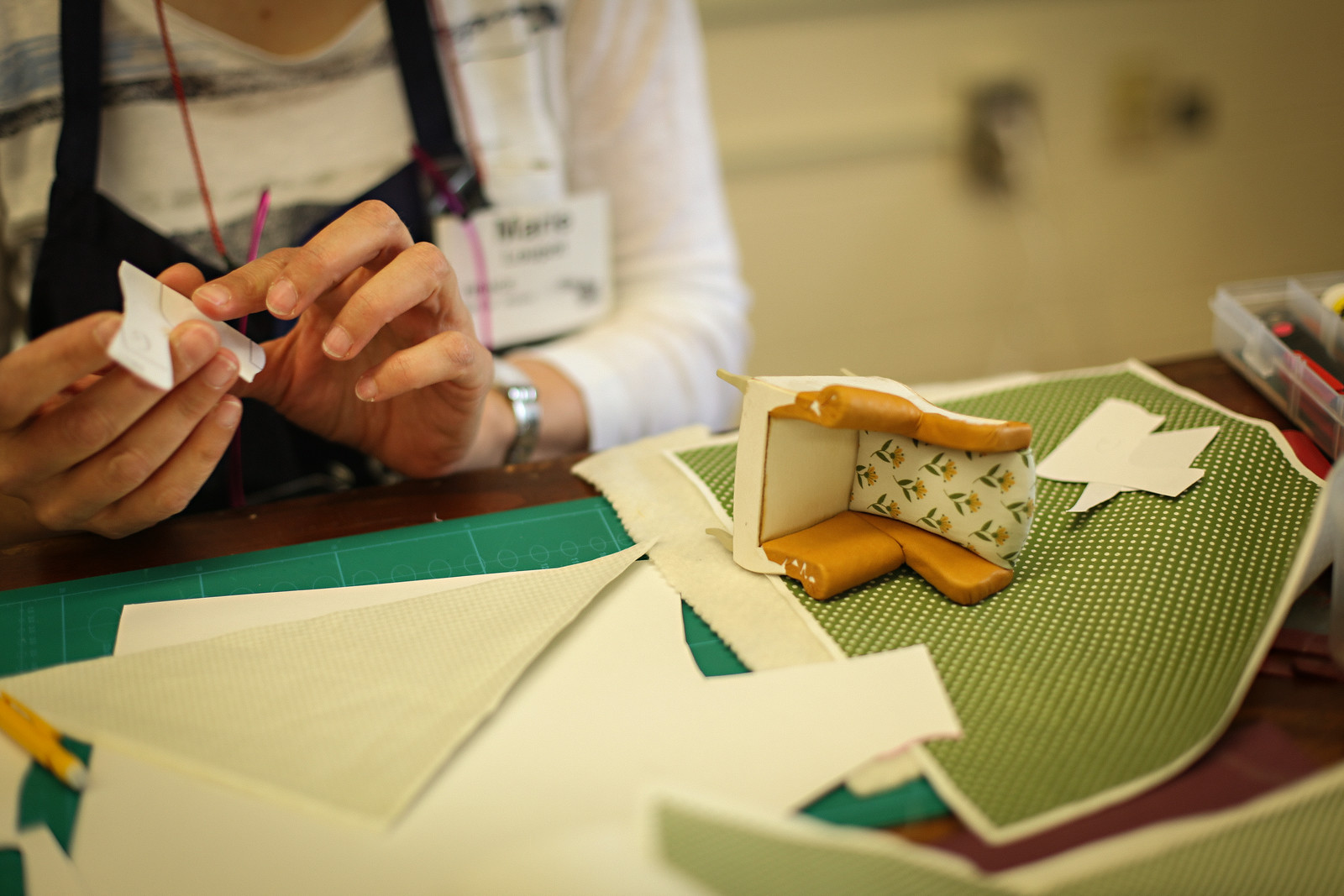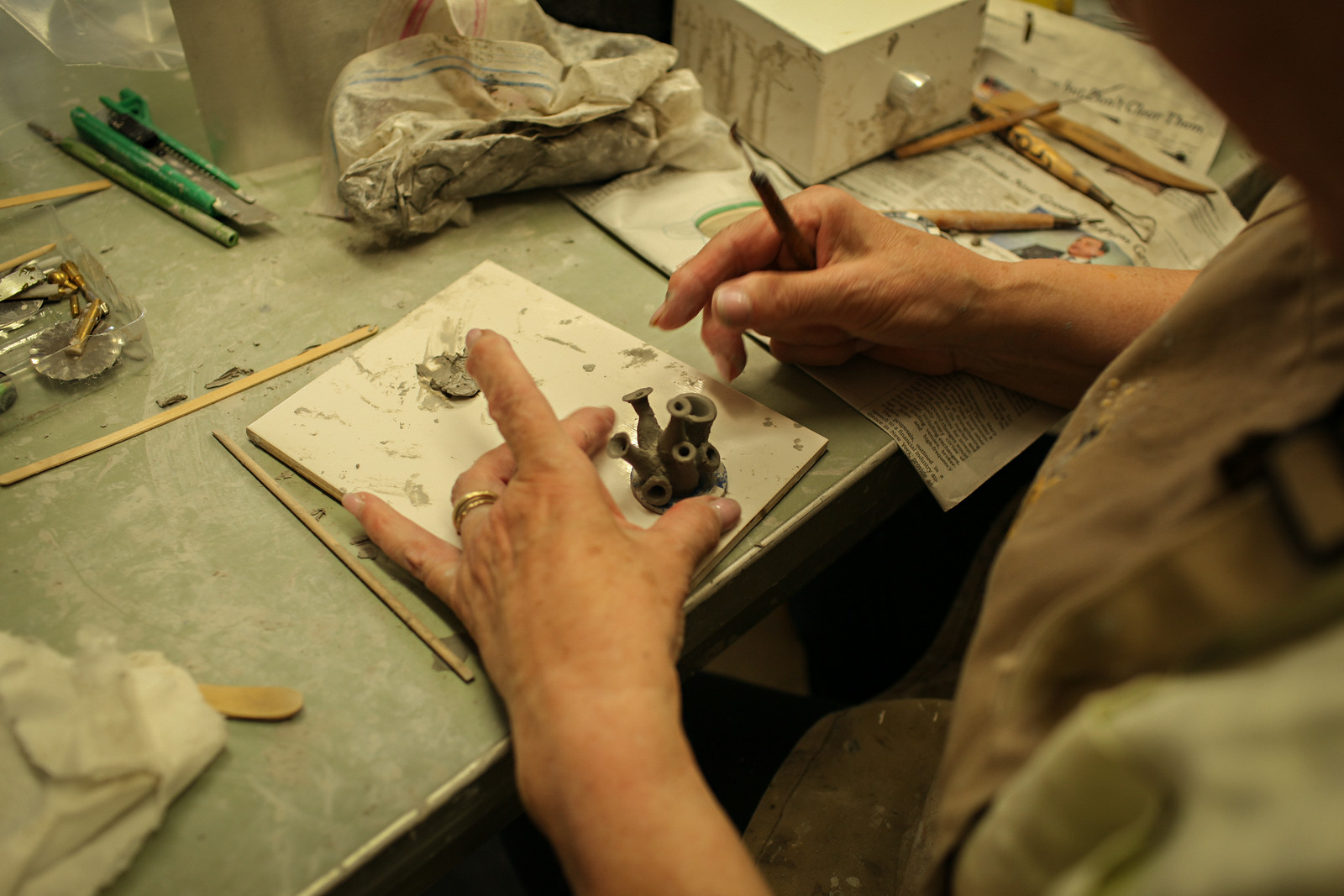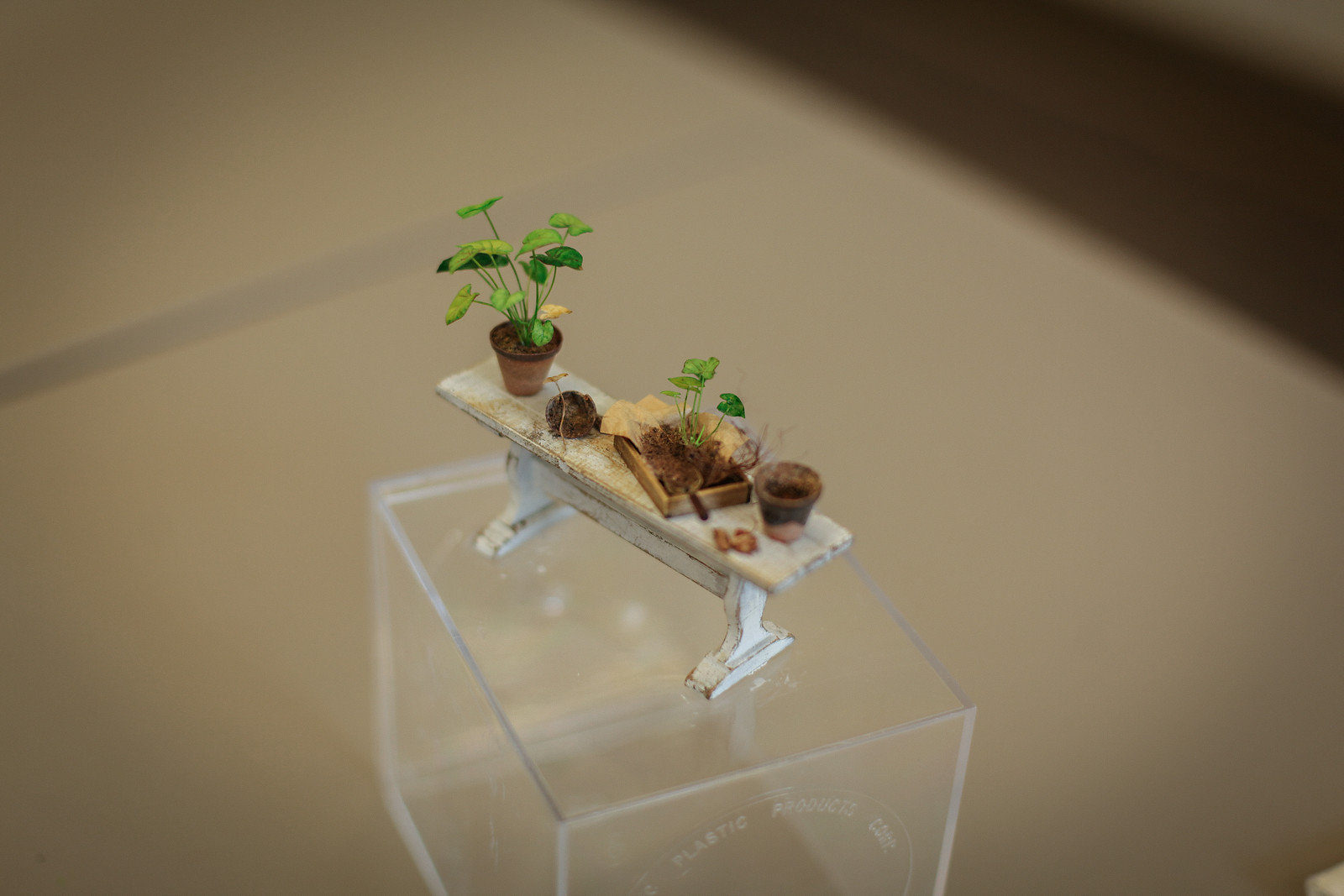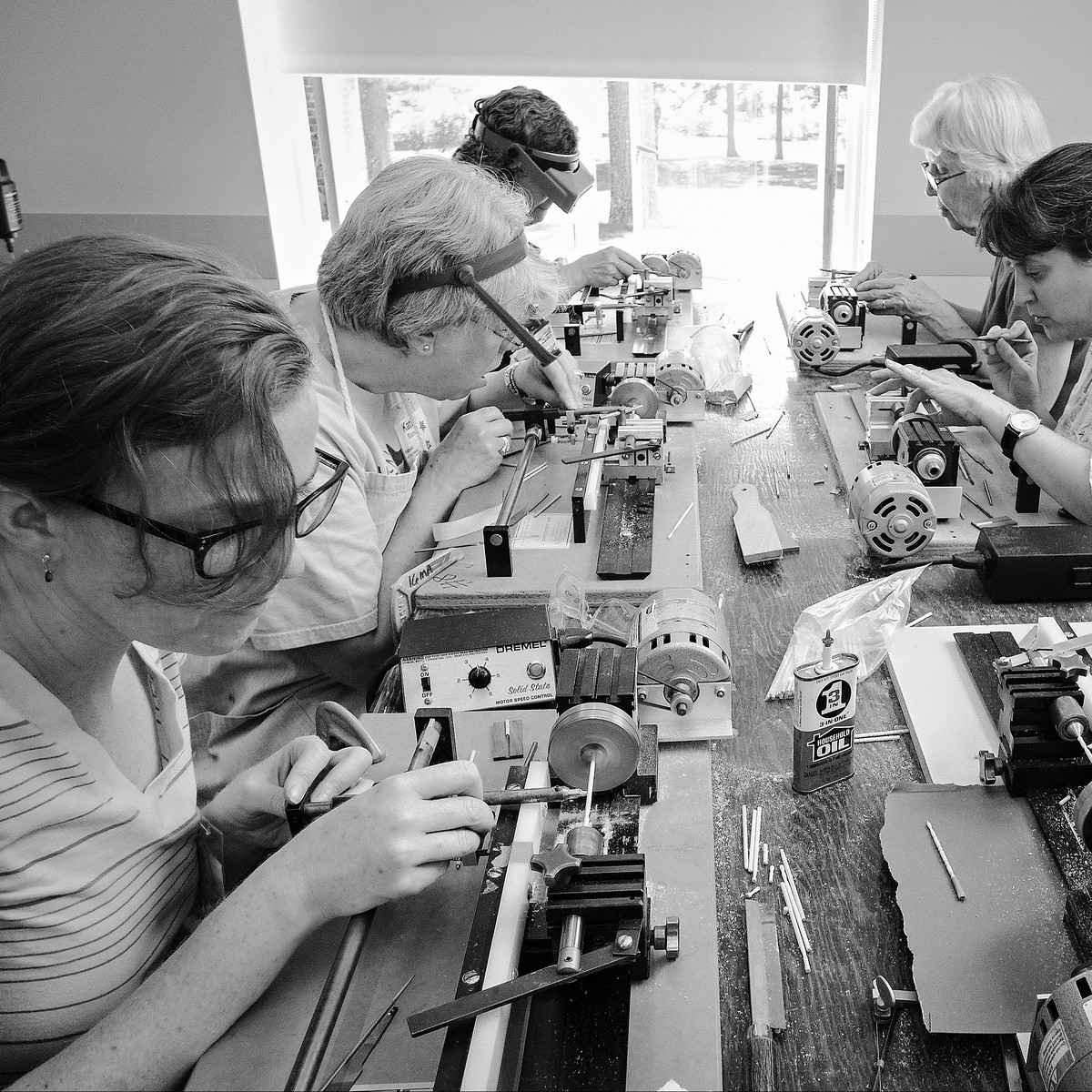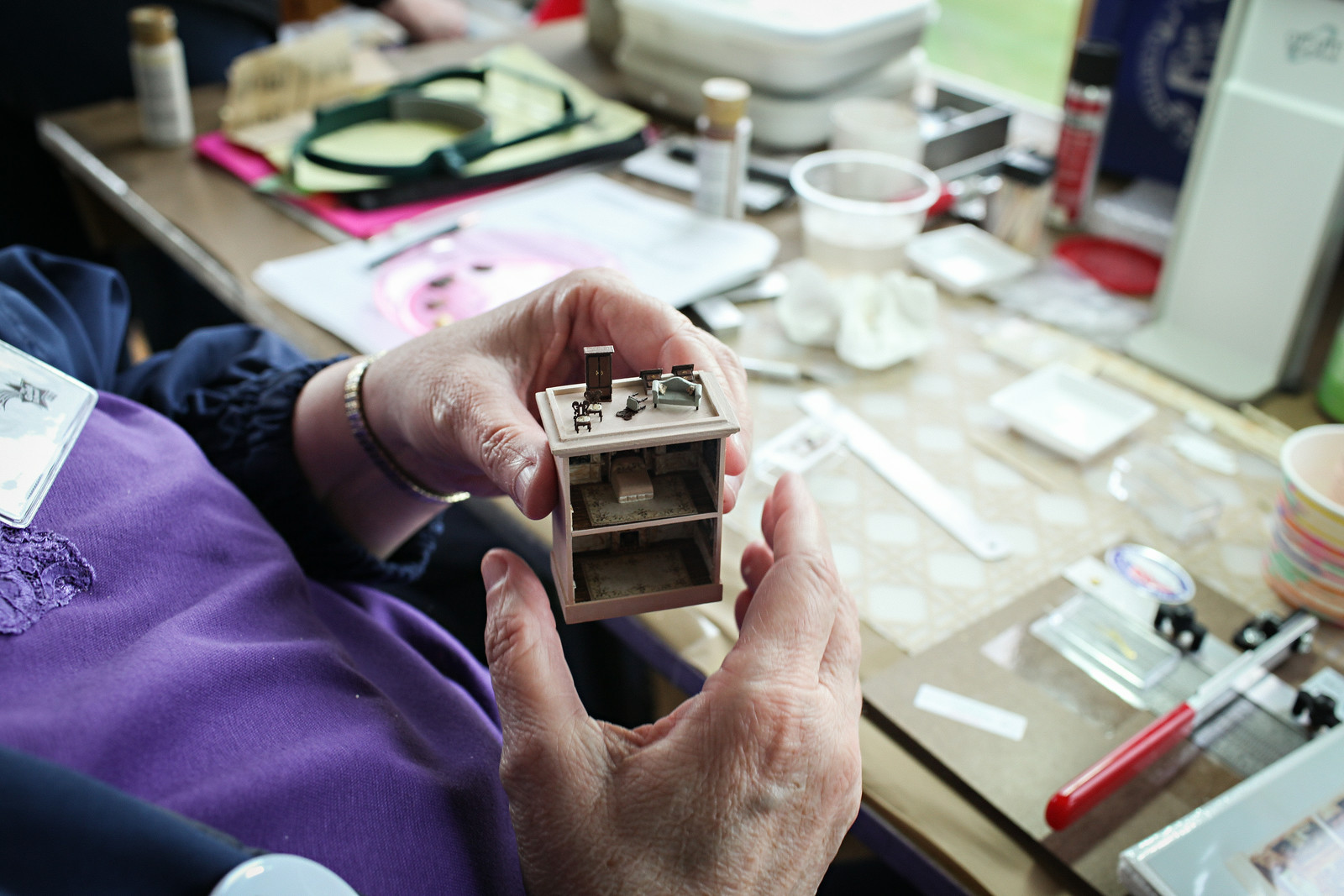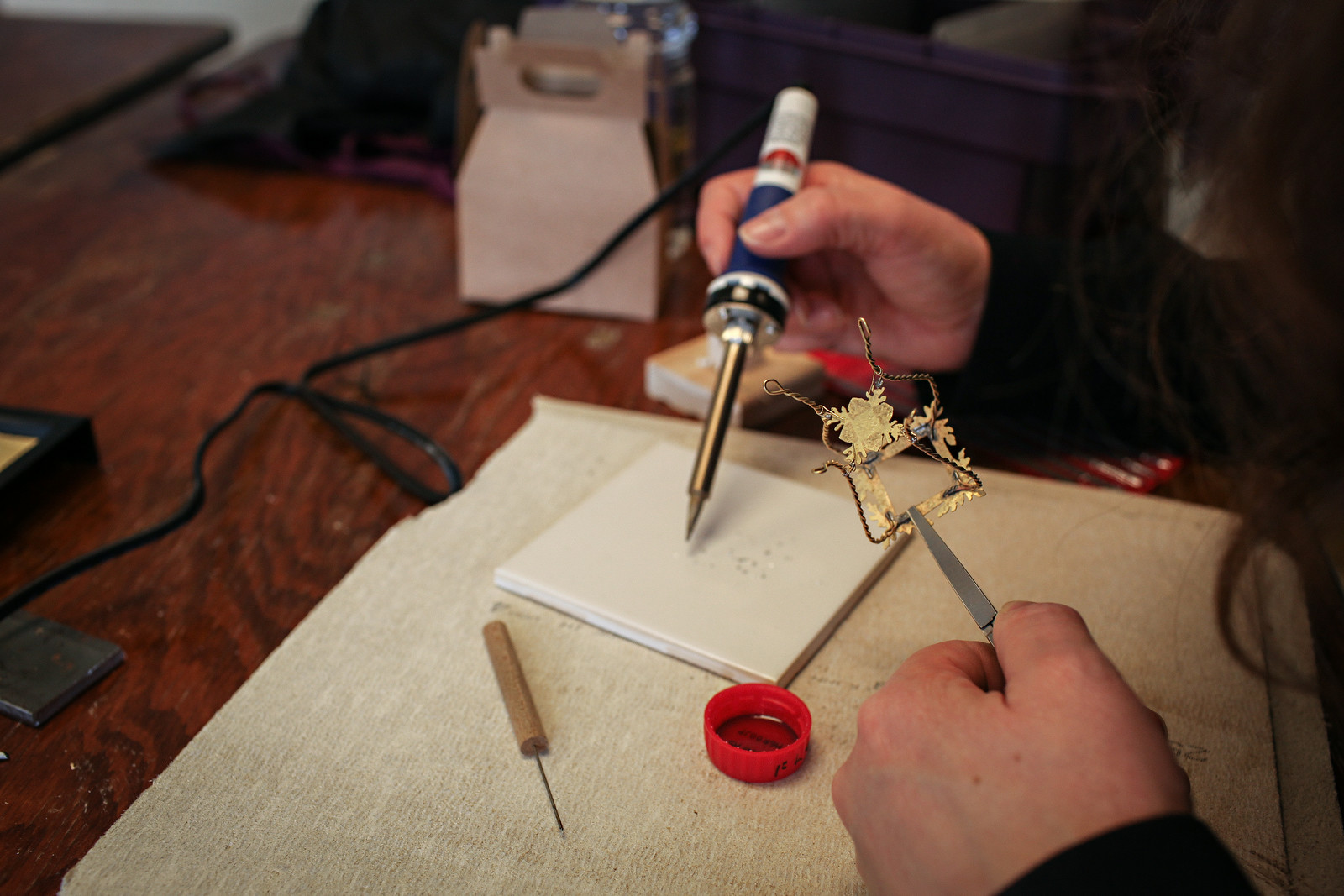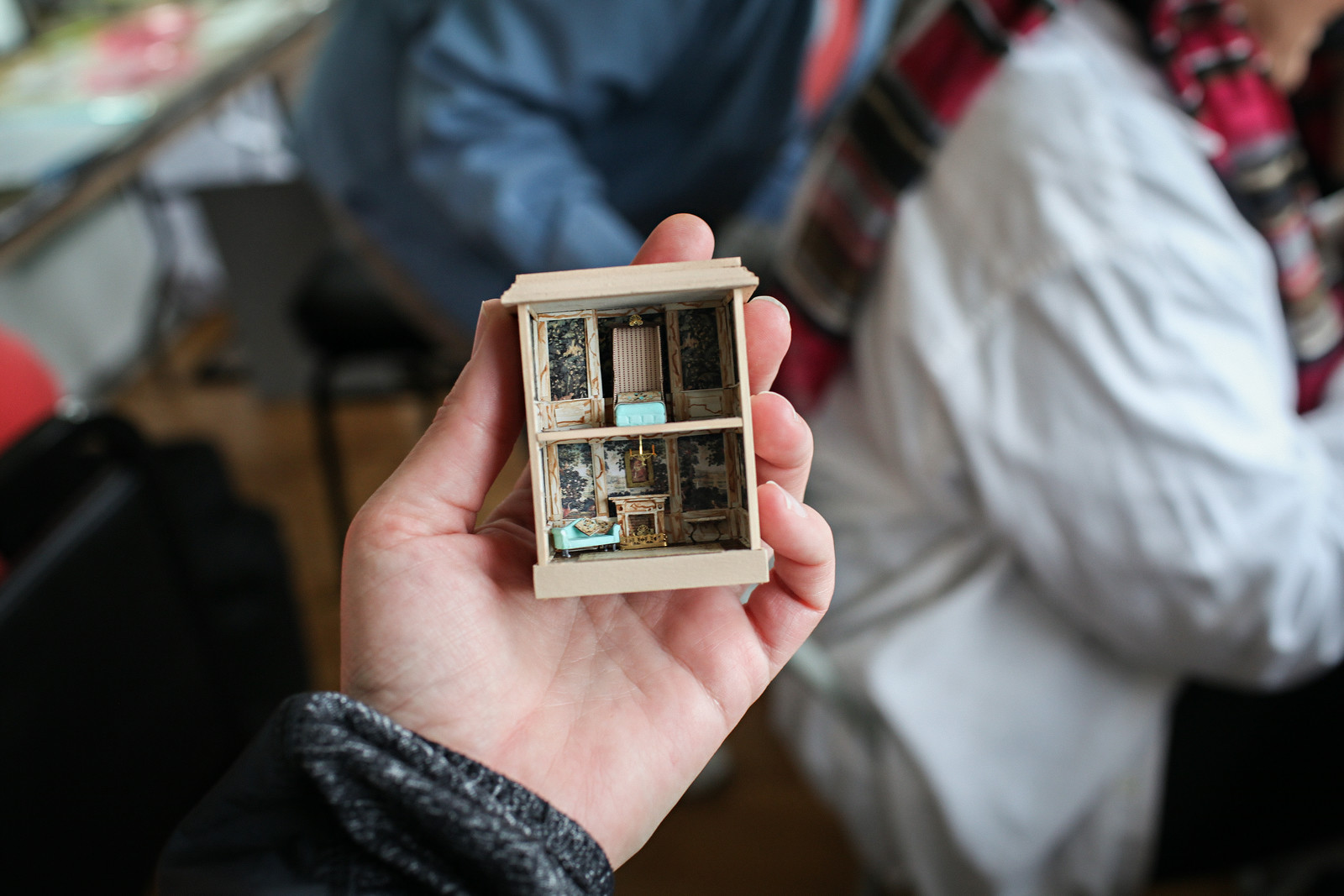Studebaker Miniatures by Bill Studebaker
What’s your earlier memory with miniatures?
Barbara and I had just gotten married. I overheard a conversation she had with her sister about the toys they used to play with when they were little. She never had a dollhouse. I thought, “that’s something I could do!” So I started building. I had no idea you could buy anything for a dollhouse, so I made everything from scratch. 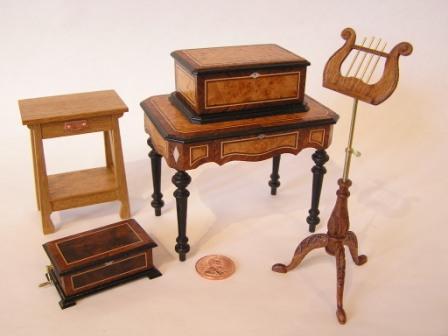 The more I worked on it, the more I fell in love with it. For Christmas, I presented my wife Barb with a box full of parts since the dollhouse would not be done in time. A time later, she bought a house kit while she was waiting for me to finish the dollhouse. In 2 years time, she had finished the kit and refurbished another one!
The more I worked on it, the more I fell in love with it. For Christmas, I presented my wife Barb with a box full of parts since the dollhouse would not be done in time. A time later, she bought a house kit while she was waiting for me to finish the dollhouse. In 2 years time, she had finished the kit and refurbished another one!
In the fall of 1990, I created my first 1:12 scale piece. It was a copy of a Victorian era schoolhouse clock that Barb’s father had built. I made it as a Christmas ornament.
How did you transition from making miniatures for your family to a career in this field?
At the 2-3 year mark of creating miniatures, the volume of things that Barb and I were making got out of hand. We looked around the house and thought, “maybe we can start selling these things.” I was a furniture maker in real life so the transition came fairly naturally.
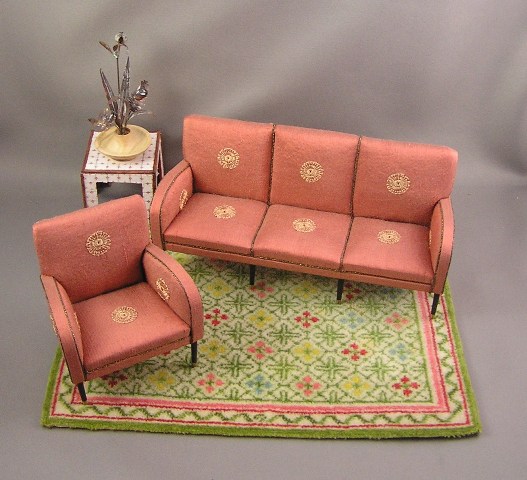 What’s your favorite miniature you’ve ever made?
What’s your favorite miniature you’ve ever made?
The next one. It’s always the one I’m working on next. Or the previous one.
What will you work on next?
I have an outstanding list of commissions and my customers have been very patient with me. I do of course have a bucket list of miniatures I would like to create in due time.
What’s the most challenging miniature you’ve made?
There was a piece I started about a year and a half ago. I have 700 hours into it, and have about 100 hours to go. It’s a copy of a table that was built by the Herter Brothers in the 1890s for William Vanderbilt‘s New York mansion.
Tweezers. I have a pair I don’t let anyone else use. I use needle files for everything – I absolutely consume those.
Advice for new miniaturists?
Make the pieces you love. Don’t make pieces to sell. Don’t make the piece you’d think someone else would want. Do what has always made you just stand in open mouth admiration. Don’t worry about making it perfect, because you will love it, and others will love your work, too.
What do you want miniature enthusiasts to know about you?
I love fixing things. If I come across other work that’s broken, I take it and learn how they made it and repair it so that it appears as if it was never broken. So it looks just like their work. That’s very rewarding. And I learn a lot from it too.
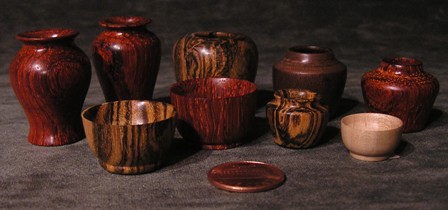 I love antiques. And I love old houses. We’re serial collectors and hobbyists. Barb and I have learned craft after craft after craft our whole lives. Essentially, this whole time we’ve just been preparing ourselves to make miniatures.
I love antiques. And I love old houses. We’re serial collectors and hobbyists. Barb and I have learned craft after craft after craft our whole lives. Essentially, this whole time we’ve just been preparing ourselves to make miniatures.
I will never make 100 of anything. To me, the fun is in the challenge of discovering how to make that piece, and once I have made that piece, I don’t need to make it again. Pretty much everything I make is one of a kind.
How did you first get involved with the International Guild of Miniature Artisans?
It was nearly 20 years ago. We were members before ever attending the IGMA Guild School. Barb couldn’t get away as a school teacher until after she retired, so she came 9 years ago, when I had other commitments. She called me every night, and she was just so excited every day about what she was doing. So the next year I was able to come. 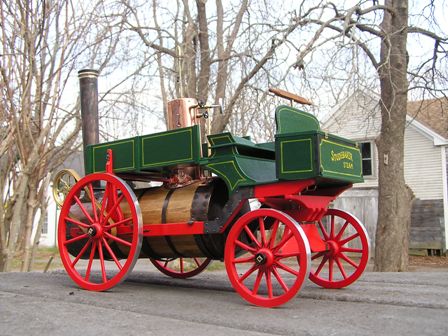 I had received my Artisan recognition from IGMA that same year. I just wanted to learn what other people were doing. What tools and what materials were they using? How were other people making their miniatures?
I had received my Artisan recognition from IGMA that same year. I just wanted to learn what other people were doing. What tools and what materials were they using? How were other people making their miniatures?
Do you ever collaborate with your wife, Barb?
We have on very few occasions. One of the few miniatures we have made together was auctioned off in Castine, Maine at the Guild School in 2015. She received Artisan status this year. A collaboration with her is definitely one of the things I want to do more of. Our working styles are very different; we work best together when we work separately.
Bill Studebaker is an Artisan in furniture with the International Guild of Miniature Artisans (IGMA). You can shop his work on the Studebaker Miniatures website.
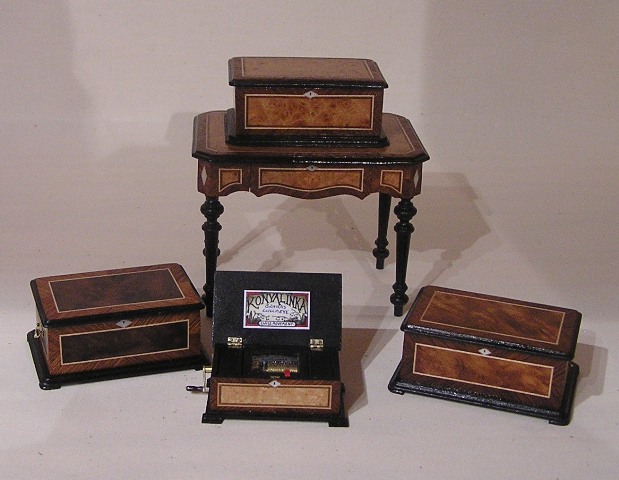
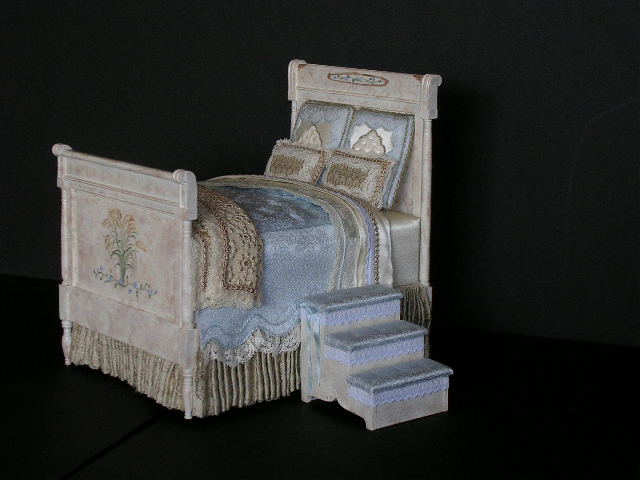
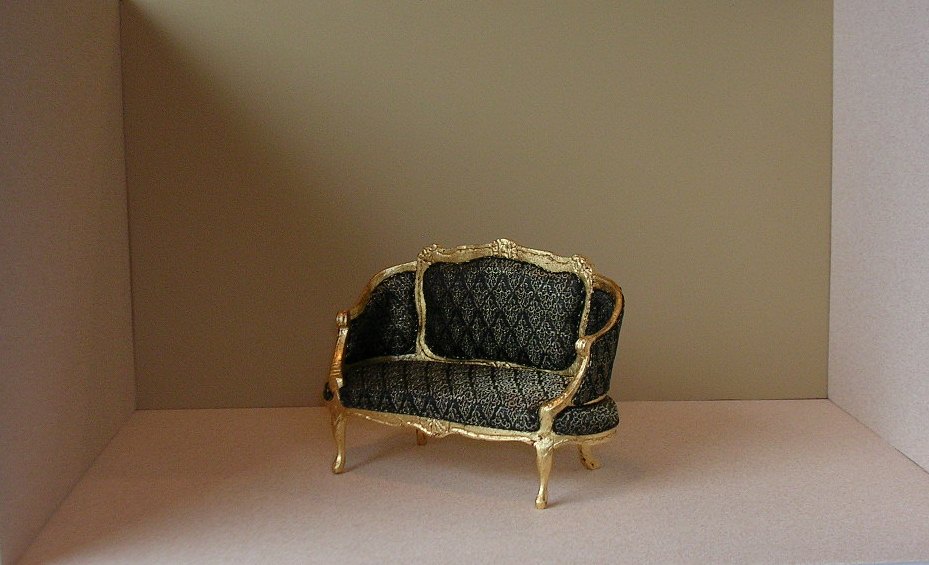
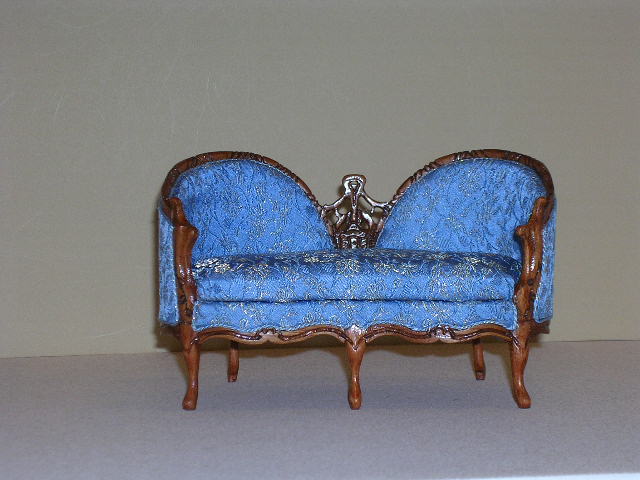
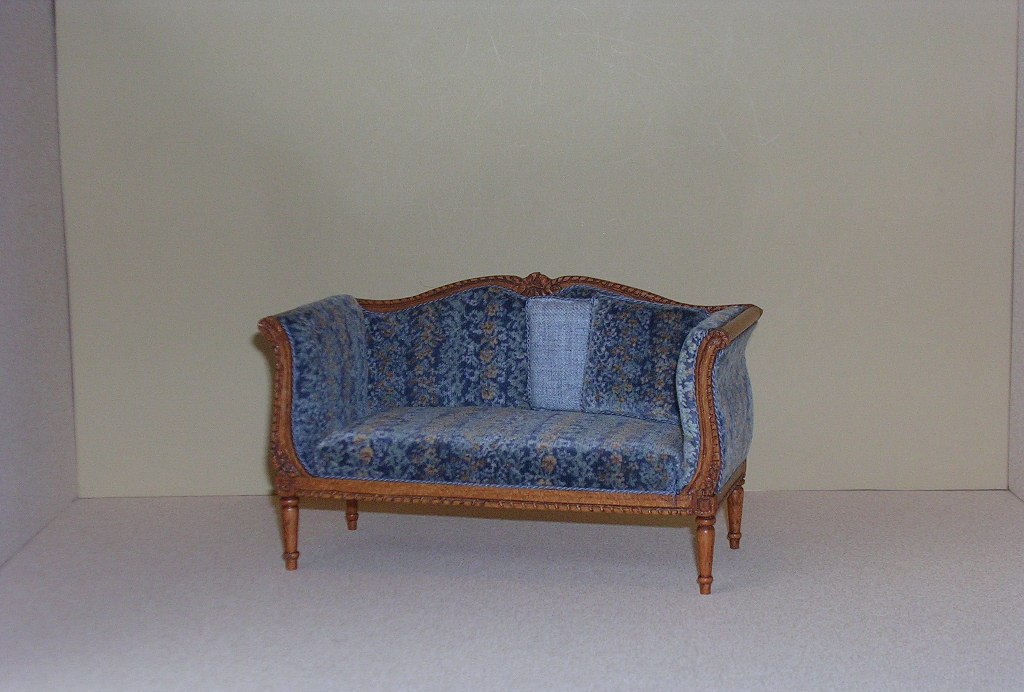
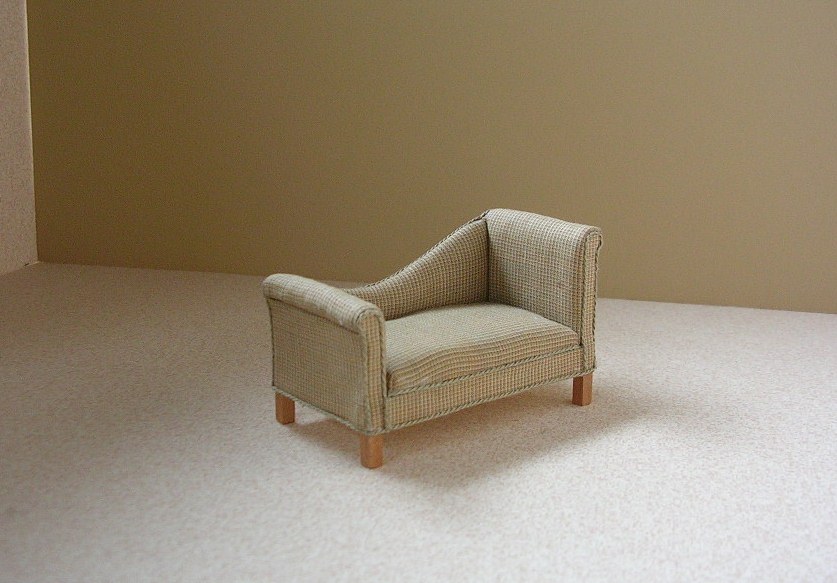
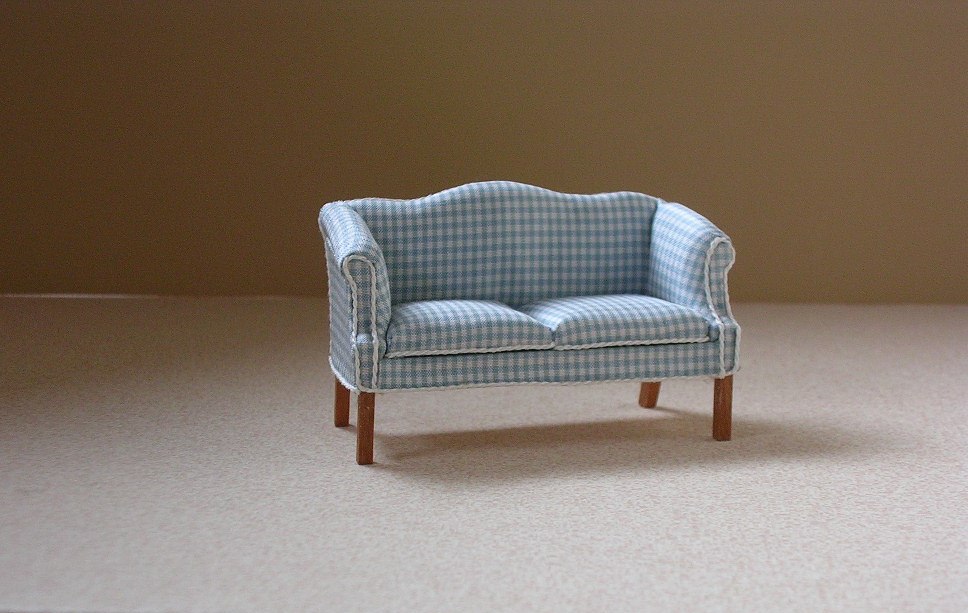
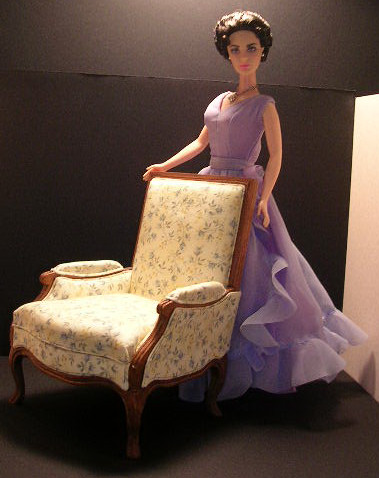
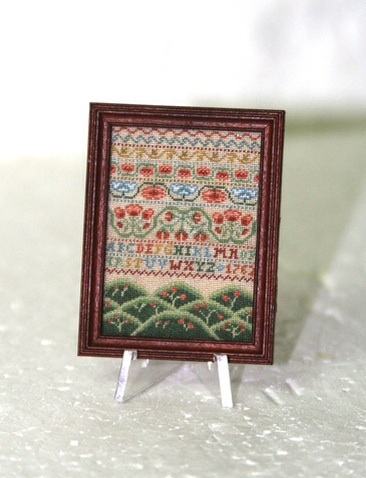 It was that very Christmas that a friend said a doctor in Oak Ridge, Tennessee was going to be at the local museum showing the dollhouses he made. I learned then in 1978 that there were dollhouse magazines and a miniatures shop in Gatlinburg.
It was that very Christmas that a friend said a doctor in Oak Ridge, Tennessee was going to be at the local museum showing the dollhouses he made. I learned then in 1978 that there were dollhouse magazines and a miniatures shop in Gatlinburg.